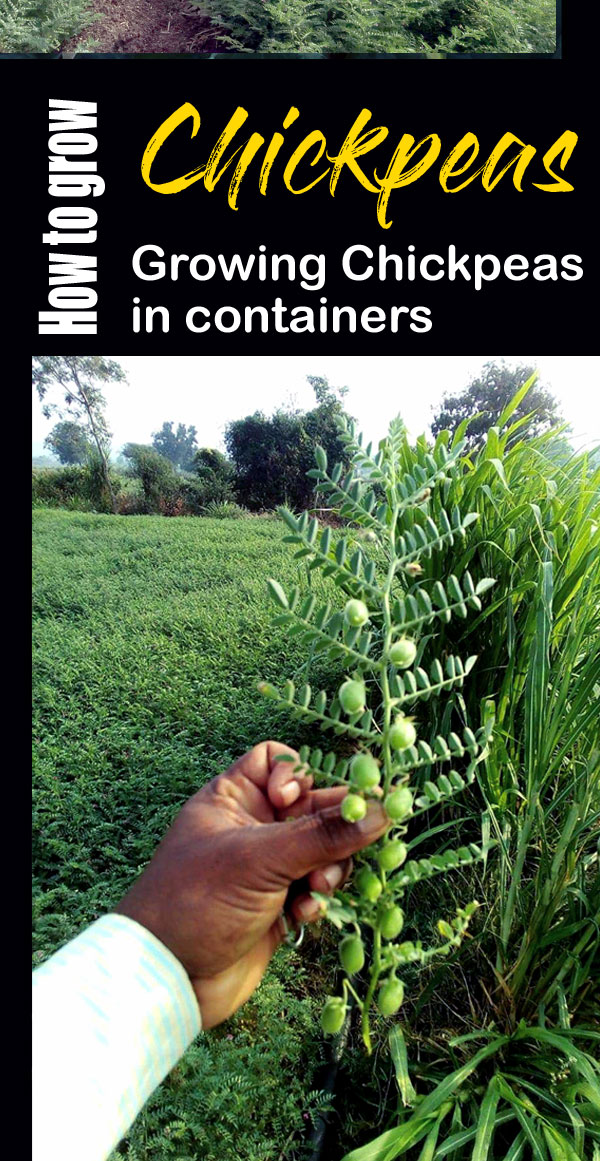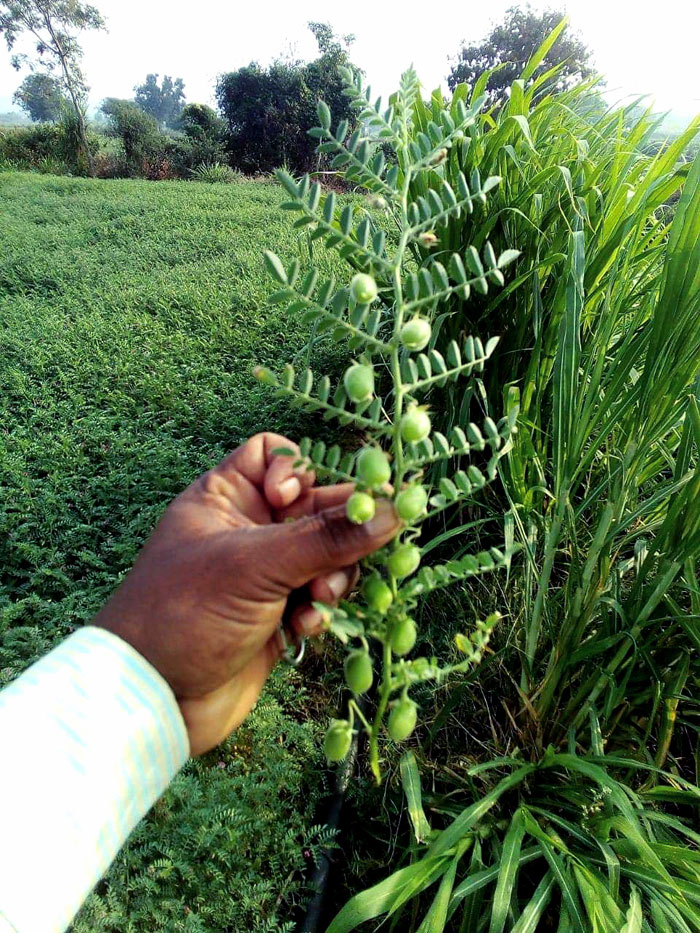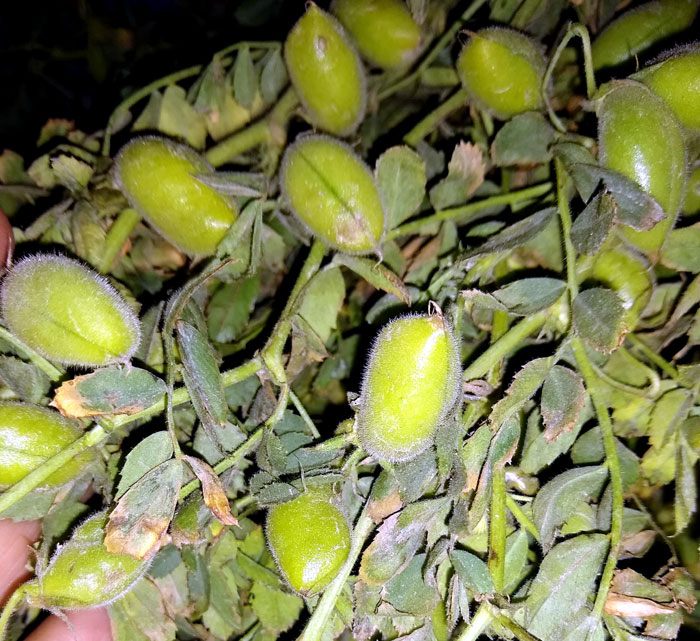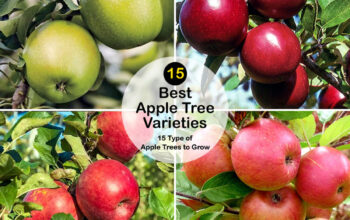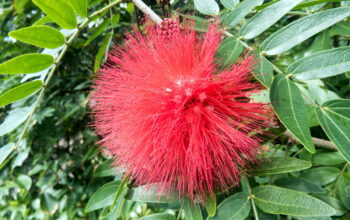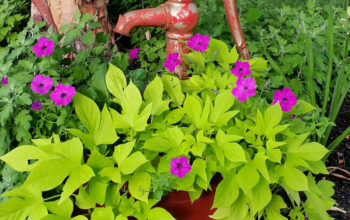Growing Chickpeas (Garbanzo beans)
Chickpeas are an annual cold season crop, it takes about 100 or more days to mature. The best time to sow is spring or slightly earlier average frost. It is a long-growing crop; so it is suitable for areas with cold to hot temperatures. Learn Growing Chickpeas, How to grow Chickpeas, Garbanzo beans care, harvest, pests, and disease Kabuli in this article.
The planting date in low-growing areas determines the success of the crop. Planting is determined in your area. If planted too early, the seed will rot due to cold, and on late planting, the flowers will come late in the plant and the temperature will exceed 29°C. Higher temperatures can cause yields to decline, as the probability of falling flowers, or pods, increases.
Cicer arietinum is an important winter cereal legume grown in the Indo-Pak subcontinent. It is grown in the Middle East protected residual moisture after monsoon rains. Pakistan is cultivated as a rainfed crop.
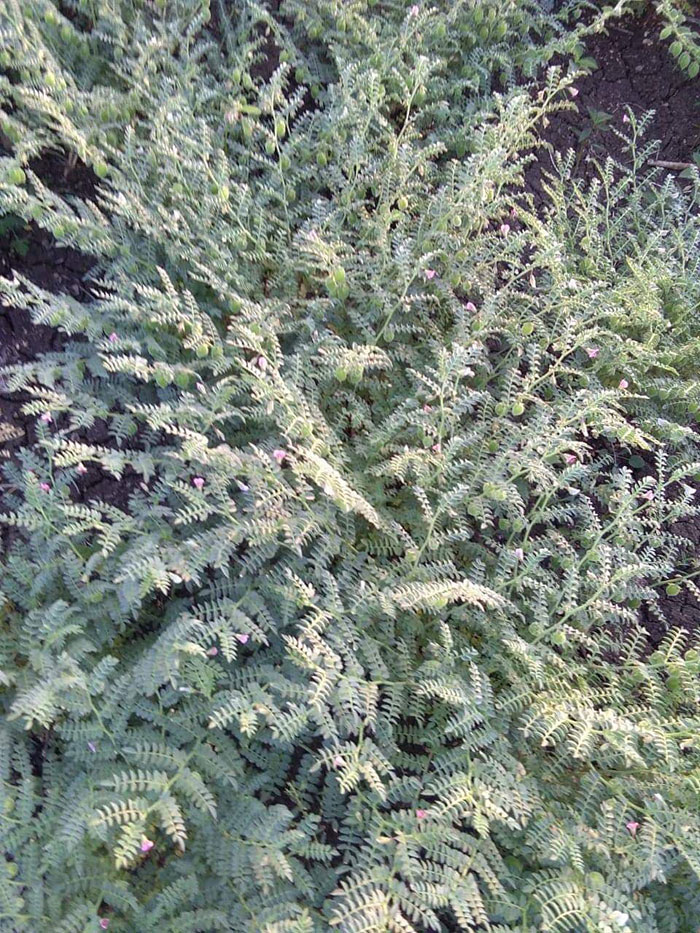
Chickpeas overview
Scientific name Cicer arietinum
Common name Chickpea, Garbanzo, Gram
Plant type Vegetable
Sun required Full Sun
Soil Loamy, Well-drained
Soil pH 6.0 -9.0
Zone 3- warmer
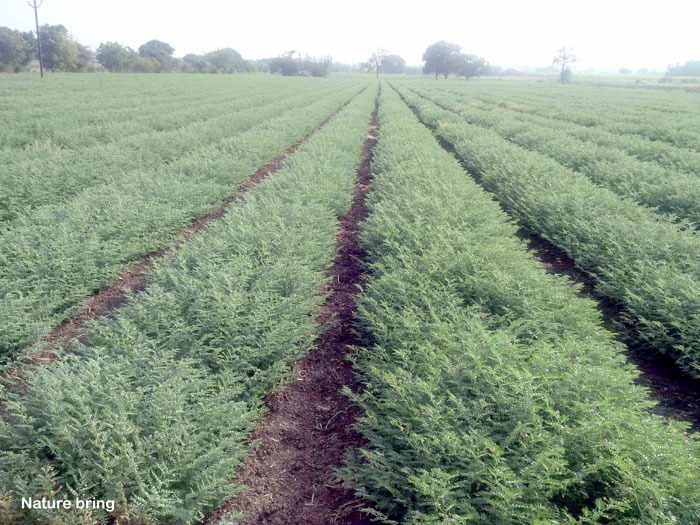
How to grow chickpeas
Soil and Location
The gram crop requires a well-drained, loamy, and moderately fertile soil, for which the pH of the soil is 6.0 to 9.0, it is neutral. Planting should be done in an ideal sunny and well-drained place. Well ventilated and full sunlight gives proper growth to chickpeas plants and prevents diseases like mildew or mold.
Planting
It is an annual cool-season crop, it requires 100 or more days to mature. These plants are frost tolerant, requiring a longer growing season. It is good to sow it 2 -3 weeks before the average last frost in spring.
Like most beans, it should have its eye downwards when planting, seeds about 1-2 “deep and about 4-6” apart, and sown approximately 24 inches between rows.
Temperature
The maturity of a chickpeas plant varies according to its growing conditions and its varieties. It is best developed at night temperature of 14-21 ° C and daytime temperature at 21-27 ° C.
Watering
Chickpeas plant roots grow well under dry conditions. The rain increases crop production. A well-distributed and light rain-fed area produces high-quality and large legume crops.
Fertilizer
Sulfur, phosphorus, nitrogen, and zinc are required to successfully produce chickpea plants under different circumstances. So before planting, check the soil pH of your area, consult about nutrients. During the middle season, you can add organic material to increase productivity. You should avoid excessive nitrogen-containing fertilizers as these plants produce their own nitrogen. Garbanzo beans produce nitrogen for themselves, for this, they take the help of microorganisms present in the soil. Using extra nitrogen can make your plant grow like a bush and may affect yields.
Harvesting
The garbanzo crop takes about 100 days to mature after sowing. If you want to eat fresh and green gram, then harvest it when its legume is immature and green. When the leaves wilt and turn brown, then cut the entire plant, keep the plant on a warm surface, and dry place, allow the legume to dry. Now you can use these dried chickpeas for food, or store legumes for seeds.
Companion plants
Garbanzo beans can be planted with potatoes, cucumbers, beets, corn, chard, strawberries, eggplants, peas, celery, brassicas, carrots, etc. But avoid the addition of chickpeas with chives, leek onions, and garlic.
Chickpeas care
- You need special caution when you remove the weed or add some fertilizer to the soil. This process can cause damage to the root system of the plant because the root system of this plant is very shallow.
- You should handle the plant carefully when the plants are wet, otherwise, the spores of the fungus may spread.
- These plants should be avoided from overhead watering, which may cause immature flowers and pods to fall. Overhead water can develop mildew in the plant.
- Garbanzo beans crop should not be grown more than once every four years, it should be avoided to pass onion or garlic, chives, or leek.
How to grow Chickpeas in containers
You can easily grow garbanzo beans in 8-inch depth containers, but chickpeas are a poor choice for containers, as this crop requires the necessary space, full sun, open air, and water.
Pests and disease
Pests
Chickpeas plants can be attacked by different pests, including aphids, leafhoppers, bean beetles, and mites, etc., controlling leafhoppers and mites by water blasting or spraying of insecticidal soaps. Keep an eye on the plant, cut away the affected parts with your fingertips when eggs and infestations are visible. For bad infections, you can use pesticides, but do have the necessary instructions before use. Keep your garden surroundings clean and free of debris.
Disease
Chickpeas plants are susceptible to certain diseases, these plants may develop blight, mosaic, and anthracnose diseases. To save you use disease-resistant varieties for planting. Keep the area around your garden clean and free from debris. Protect the plant from getting wet, so that fungal spores cannot spread. Remove diseased plants and bury them elsewhere. To avoid soil-borne diseases, you should relocate every fourth year.
Chickpeas varieties
Kabuli and Desi Type
It is difficult to find many varieties of chickpeas, but there are two main varieties mostly cultivated. Large-seeded gram is known as “Kabuli” and small-seeded Desi chana. Kabuli is cultivated mainly in North America, and Desi chana is grown in the Middle East and India.
Black Kabuli
Its seeds are dark-purple when fully mature. Black Kabuli adapt to cold climate, you can take its green crop in mid-August. You can get its green crop in 60 days and dry crops in 100 days.
Spello
You can get its green crop in 60-85 days and dry crop in about 100 days. It is an Italian variety, and its fresh shell bean is delicious to eat. Varieties grow up to about 2 feet.
Chana Chole masala Recipe
Chole is a popular and famous Punjab dish. In this, boiled chickpea (Kabuli chana) or white chickpea is cooked in spicy gravy. To make the gravy strong, tomato full and boiled potatoes are also found. You can serve it with Bhature or puri or rice. Read more.
Health Benefits of Chickpeas legume
Chickpeas are dense in nutrients. They provide rich content of protein, certain dietary minerals like iron and phosphorus, folate, and dietary fiber. Garbanzo beans also contain a moderate amount of thiamin, vitamin B6, magnesium, and zinc. According to the reference levels established by the United Nations Food and Agriculture Organization and World Health Organization, proteins in germinated and cooked chickpeas are rich in essential amino acids such as lysine, isoleucine, tryptophan, and total aromatic amino acids. Read more.
Read also:
Pointed Gourd Growing and care tips. Cantaloupe’s growing and caring tips. Banana trees growing in containers. Lilac shrub growing and caring guide. Potatoes growing and care guide. Broccoli growing in containers. Onion growing in containers. 8 Best Frugal Gardening tips. lily growing tips. Kohlrabi growing and care guide.Growing and caring Lupine plant. How to grow Rhododendron and azalea. Holly tree growing in containers. Cauliflower growing in containers.
For pin:
